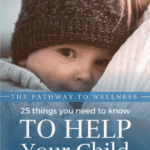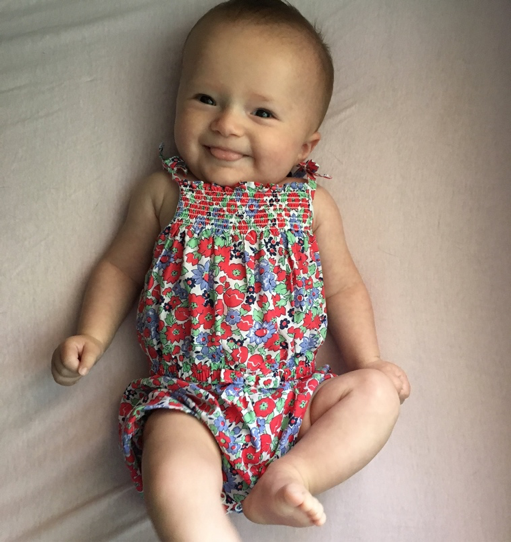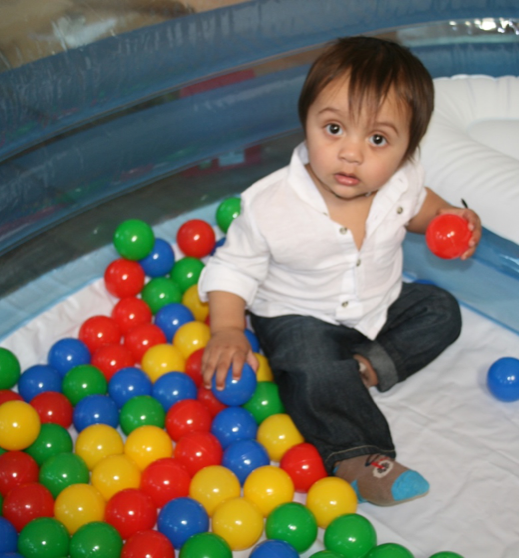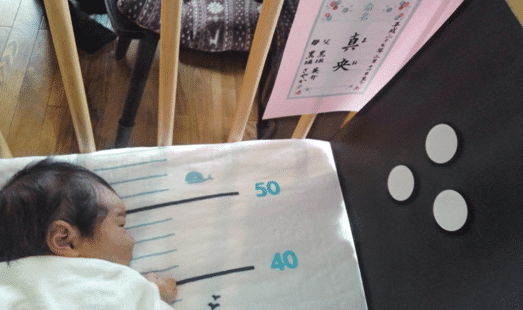Hurt Kid Victories: Understanding
Results: The only thing that matters in the world of hurt kids
In the world of brain-injured children understanding is a critical issue. It can be a life and death issue. When the world sees a hurt child it often decides his fate based upon the assumption that he is not intelligent. Once he is assigned this lower condition, he is seen as less deserving and less worthwhile. How else can we explain the places where hurt kids are routinely warehoused, medicated and forgotten? The children included here had significant problems in the auditory pathway that could have put them at risk and ruined their lives. Parents, and stimulation, as always, were the answer.
At birth, a newborn baby is deaf: the baby has a startle reflex. This is the first stage of beginning to hear.
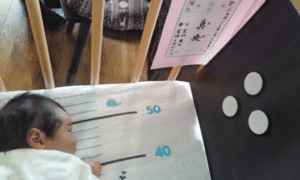
A newborn baby needs strong contrast: White dots on a black background provides appropriate visual contrast Mother will also provide auditory contrast for the newborn– sound and silence.
As the baby matures, the baby begins to hear loud threatening sounds. This is the second stage of differentiating mere sound from potentially threatening sound.
When a baby begins to be able to perceive meaningful sounds this means the baby is beginning to have useful hearing.
Injury to the brain either before, during or after delivery can result in poor or inconsistent hearing. This is because of injury to the auditory pathway, not injury to the ear. It is essential to differentiate these two very different problems otherwise inappropriate treatments can be prescribed that permanently damage an otherwise healthy auditory pathway that could have been treated.
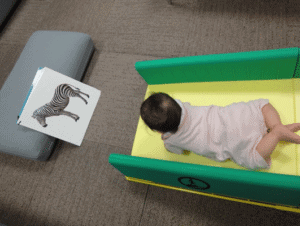
After stimulation, the same baby only, weeks later is ready to hear the meaningful sound that matches that visual stimulation “Zebra”.
Appropriate stimulation and opportunity are the answer when a sensory pathway is in trouble. When the auditory pathway is provided with stimulation with increased frequency, intensity, and duration in recognition of the orderly way in which the brain develops, the auditory pathway will grow. The child will begin to understand meaningful sounds and then words. Once a child begins to respond consistently to words then we can begin to evaluate the child’s understanding. Once a child can understand at least as well as a three-year-old an understanding victory is awarded.
Paula
Paula was a healthy child who made all the expected milestones. At 18 months of age, following three vaccinations, Paula stopped using the words she had and stopped responding to her name. She began having temper tantrums and had little appetite. At 3 years of age, she was diagnosed with autism, and began speech, occupational and behavioral therapy with little progress. When Paula was 3 ½ years old, her parents attended the What to Do About Your Brain-Injured Child course. Paula’s understanding and speech were still at an 18-month-old level. She was being read books for babies. She was overly sensitive to sounds and touch. She had repetitive behavior, was hyperactive, prone to temper tantrums, often was tuned out. Paula had her first visit to The Institutes shortly after the course. Parents immediately began her home program. Six months later, Paula had her second appointment – her progress was significant. She was now reading at just four years of age and understanding in both in Spanish and English. Paula reported her book for six-year-olds was too easy. Her parents are confident that she understands more than 2, 000 words. She was awarded an understanding victory. She was less sensitive to sounds and touch. She was speaking in sentences and had expanded her vocabulary by hundreds of words. She was now eating a wider variety of foods, and this has improved her behavior.
Viraj
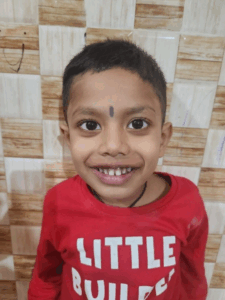
Mother had a long and difficult delivery with Viraj. At age 3 months, he had an RSV infection and continued to have wheezing episodes with frequent respiratory infections throughout infancy and early childhood. He was treated with oral steroids for asthma, and antibiotics. Viraj’s development was delayed but by 2 ½ years, he was meeting all of his milestones. Once again, he became ill with an RSV infection and had a high temperature for one week. It took Viraj a month to recover. He began losing his abilities. First, he lost his normal eye contact, his attention span deteriorated, then his speech, and finally his ability to interact with others socially. By age 3, Viraj was diagnosed with autism and began therapies with little result. When he was five years old, his parents attended the What to Do About Your Brain-Injured Child course. At age 5, Viraj’s understanding and language were more like a 2-year-old. He concentration was poor. His parents found it difficult to know what he understood. He spoke in single words and a few couplets only. He was hyperactive, and sensitive to sound and touch. He was very upset and confused in crowds.
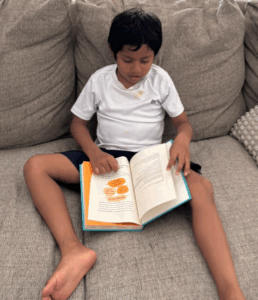
After six months of his home program, he had improved considerably. His eye contact was significantly improved. He was now following directions consistently. His parents compared his understanding to that of his eight-year-old brother. He easily achieved an understanding victory. He was now reading science books. His speech was clearer, and he had begun speaking in phrases. He had become closer to his brother, and he had begun playing with other children for the first time. His overall health was much better.
Prayan
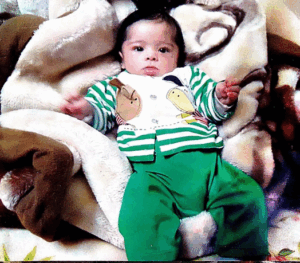
Prayan, a twin, was born prematurely, and spent 45 days in neonatal intensive care, he was underweight, not able to suck and was tube fed. Prayan was diagnosed with Trisomy 21, and a cardiac abnormality, he was on cardiac medication until he was four years old. Prayan’s development was slow. He was two or three years behind his peers in reaching developmental milestones. At age 10 ten years, his parents attended the What to Do About Your Brain-Injured Child course. Prayan was not yet reading, his understanding was well below his age level, and he had a limited vocabulary of single words. Parents started a home program for the next 12 months. Prayan made his first visit to The Institutes when he was 11 years old and he had made significant progress. He was understanding everything being said in conversation, and he was following multiple step directions. He was awarded an understanding victory at this time. He was speaking in sentences with a greatly expanded vocabulary. He was now able to read. His rate of overall development had quadrupled in just one year.
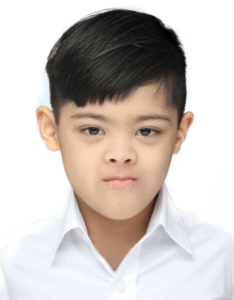
Each of these children had a very rough start in life. Babies who struggle right from birth or have an illness in their early years often have very significant neurological problems, as these three children did. These children not only understand now but they are well on their way to understanding better than their peers. These parents did not accept the conventional thinking that their babies would not have a full life. Instead, these children are getting a fighting chance to have a full life thanks to the hard work and dedication of their mothers and fathers.
Clay

Clay was diagnosed with Spina Bifida in utero. At birth, he spent ten days in neonatal intensive care with supplemental oxygen. Genetic testing revealed an abnormal deletion, the diagnosis was Phelan McDermid Syndrome. Clay underwent surgery for hydrocephaly. At one year, Clay had limited vision, hearing, and mobility. He was on medication for infantile spasms. His parents learned of the What to Do About Your Brain-Injured Child course and attended it. Dad wrote “The course was more than I was expecting, my expectations changed each day. Everything taught was equally important … Looking forward to our appointment!” At Clay’s first appointment, at age 13 months, he was functionally blind and immobile, with only reflexive movement in his hands. Today, age 3, after a home treatment program, Clay is seeing, beginning to read, understanding at his age level, using his hands, and even talking! He is off all medication and seizure-free. When asked to select his favorite subject he chose science. When asked what area, he said “astronomy”. Wow. Clay is full of surprises right now.

Anwita
Anwita’s mother had gestational diabetes during pregnancy, and exposure to toxic chemicals. The baby’s birth took just an hour, she had a cyanotic episode and was in neonatal intensive care for 24 hours. Anwita suffered from colic, constipation, eczema, and allergies that at times required an emergency room visit. Her development was delayed. At 2 ½ years she was hyperactive, with poor speech and eye contact. She was diagnosed as autistic. Anwita’s parents tried many therapies with little progress. When she was seven years old, they attended the What to Do About Your Brain Injured Child course. They began a strong nutrition program, a reading program, and a basic physical program of crawling and creeping at home. Almost immediately, Anwita began reading, understanding, and following instructions, her speech increased, and others began to understand her. Her depth perception improved, and she began learning to ride a bicycle. The chronic eczema all over her body completely cleared. Anwita’s parents realized “We now know we are the best teachers and the best therapists for our own child, she is improving!”

Karim

After a difficult pregnancy, Karim was born prematurely and unexpectedly. He required oxygen to breathe at birth. He had severe feeding problems, leading to an evaluation at 5 months of age with a pediatric neurologist, and a diagnosis of developmental delay and cerebral palsy. Karim had many therapies as a young child and in his parents’ words: “We had great hopes and high expectations with one of the best rehabilitation institutions nationwide, and although there are excellent therapists, the therapies are brief and widely spaced. The therapies lack intensity, frequency, and duration to be effective.” When Karim was five years old, his parents attended the What to Do About Your Brain-Injured Child course. Karim’s understanding was less than half of his age level, and he was not yet talking. His health was poor, and he was not yet moving forward or using his hands. Within a year on the Intensive Treatment Program, Karim’s health had significantly improved, he was moving spontaneously, beginning to use his hands, and saying his first words. At six years of age, he was beginning to read words and phrases, and his understanding was now equal to an average five-year-old. Karim is now seven years old, and reading library books, and his understanding is at age level.

Brody
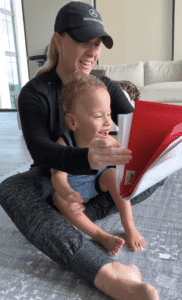
Brody loves his books
Born 17 weeks premature, Brody weighed one pound, two ounces. On the fourth day he was diagnosed with a Grade IV brain hemorrhage in both ventricles. Brody stayed in the Neonatal Intensive Care Unit for 148 days. Parents began their own treatment 12 to 14 hours daily. They attended the What to Do About Your Brain-injured Child course when Brody was 19 months and started an intensive program at home. Eight weeks later his understanding was at age level. Three months before his third birthday his understanding was evaluated again it was as good as a three-year old and in some areas better. He received an understanding victory at that time. He also was enjoying reading hundreds single words and large print books with sophisticated content – well above his peers.
Ava
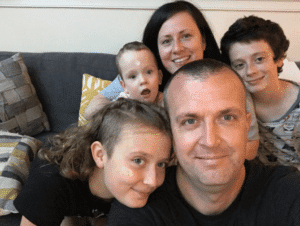
Ava answers her mother’s questions using a choice board
Ava was born 14 weeks premature by a C-section, she weighed 2 pounds and 11 ounces. She had jaundice and respiratory distress and was put on a series of ventilators. All together she had seven surgeries on the brain in the first 9 months of life. Additional diagnoses as Cerebral Palsy, Epileptic. Parents attended the What To Do About Your Brain-injured Child course when Ava was 31 months. She understood at about an 18-month-old level at that time. Parents provided a home program of maximum stimulation and optimum opportunity and Ava progressed rapidly. She understands more than 3 years old level before she became 3 years old. At 41 months of age Ava understands at age level or above. She readily makes deals with others, follows 2-step instructions consistently, and reads large print books at a 6 to 7-year-old level with full comprehension.
Yuma
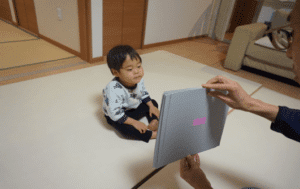
It is now clear that Yuma is extremely intelligent – Mother’s biggest problem is keeping up with him!
Yuma is a twin born 13 weeks premature by an emergency C-section due to a breech presentation. He weighed one kilogram. Yuma was diagnosed with Cerebral Palsy and Periventricular Leukomalacia due to prematurity. When Yuma was two years old his parents attended the What To Do About Your Brain-Injured course and immediately started their own home program. When he started Yuma understood at about the level of a seven month old. After having a program of maximum stimulation and optimum opportunity his progress was remarkable. By 38 months of age he understood well above his age level. He now understands sophisticated expressions in both Japanese and English. He has received an understanding victory. He also uses more than 1,000 words of speech and can use a letterboard to write his more sophisticated ideas and comments. He is also walking independently now as means of transportation.
Agnira
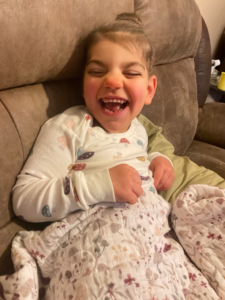
Agnira was born 17 days post maturely and stopped breathing twenty hours after her birth. She was resuscitated after 18 minutes, intubated, tube fed, and monitored subsequently. She was diagnosed with hypoxic ischemic encephalopathy, and later with epilepsy, spasticity, microcephaly, cortical visual impairment, and quadriplegia. At three years of age, Agnira had limited vision, hearing, understanding, and she was unable to move. Her parents attended the What to Do About Your Brain-Injured Child course, and within six months, she was smiling back at her parents and seeing across the room, saying her first words, and had been seizure free. Within a year, at 4 ½ years of age, Agnira achieved three Victories: Reading, Understanding, and Language. She had been seizure free for more than a year. Agnira loves her reading program and has been presented with a vocabulary of 500 words, and she was speaking in words and couplets. She loved information about nature, a favorite topic is gemstones and where they are found in the world.
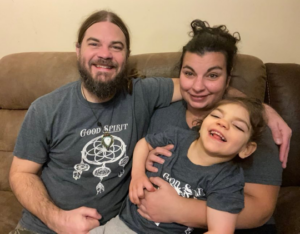
Ivana
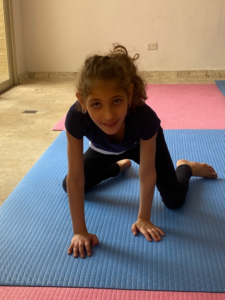
Two weeks after Ivana was born, she had a prolonged seizure due to low blood sodium. She was hospitalized and induced into a coma for one week and given cardiac medication for arrhythmia. She was diagnosed with mental deficiency and microcephaly. She developed very slowly. At five years of age, her understanding and speech were at a two-year-old level. She was hyperactive, and aggressive with others, and had many temper tantrums. Ivana’s parents attended the What to Do About Your Brain-Injured Child course and started working intensively with her. By six years of age, Ivana had begun to read words, phrases, and books. Her understanding developed significantly it was now double what it had been. She was following multiple step directions and comparable to her cousins the same age in both understanding and speech. She was able to wait and be reasoned with like any three-year-old would. Ivana has been awarded an Understanding Victory.
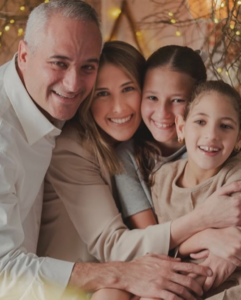
Matthew
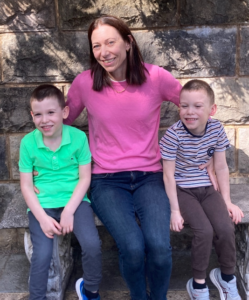
Matthew a twin, and once it was discovered he was detached from the placenta and not receiving adequate nutrition, he was delivered by c-section in the seventh month of pregnancy. He remained in the neonatal intensive care unit for seven weeks, receiving oxygen and tube feeding. Matthew developed slowly, and at 18 months, he was not understanding or speaking at his age level, nor interacting with others. He had upper respiratory infections and was hospitalized twice for gastroenteritis. He was diagnosed with global developmental delay, mental deficiency, and autism. Mother attended the What to Do About Your Brain-Injured Child course when Matthew was 3 ½ years old. He was speaking in single words he could walk but preferred to be carried. His overall development was 40% of what it should have been. Mother and Matthew worked on a program at home. By his first appointment at The Institutes at age four, Matthew had begun speaking in sentences, he could run 100 meters non-stop, and his health had improved. Today, just after his 5th birthday, Matthew is following multiple step instructions, and he has begun reading, well ahead of his peers. He received an Understanding Victory. His language has exploded, from 100 words previously to more than a thousand, including long sentences and storytelling. He is now running ½ mile non-stop each day, and he has been in perfect health for the last six months. Best of all, Matthew, and his twin, Simon, are enjoying all they do every day with their best teacher and coach, Mother.
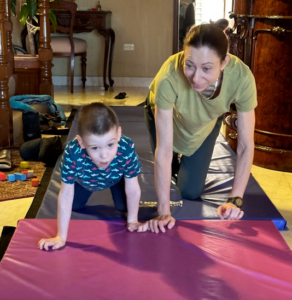
Each of these children had a very rough start in life. Neonatal care now saves the lives of thousands of preemies who even a decade ago might not have survived. But all too often preemies have very significant neurological problems, as these three children did. These parents did not accept the conventional thinking that their babies would not have a full life. Instead, these children are getting a fighting chance to have a full life thanks to the hard work and dedication of their mothers and fathers.
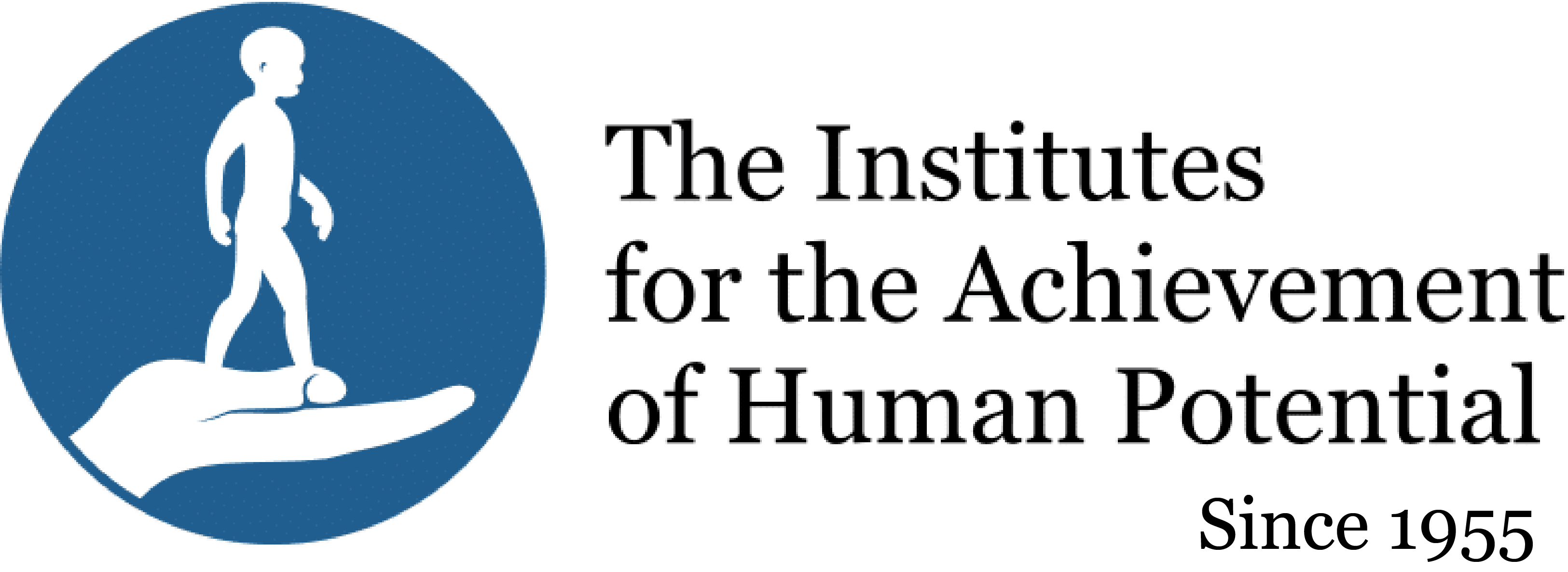
 Donate
Donate



